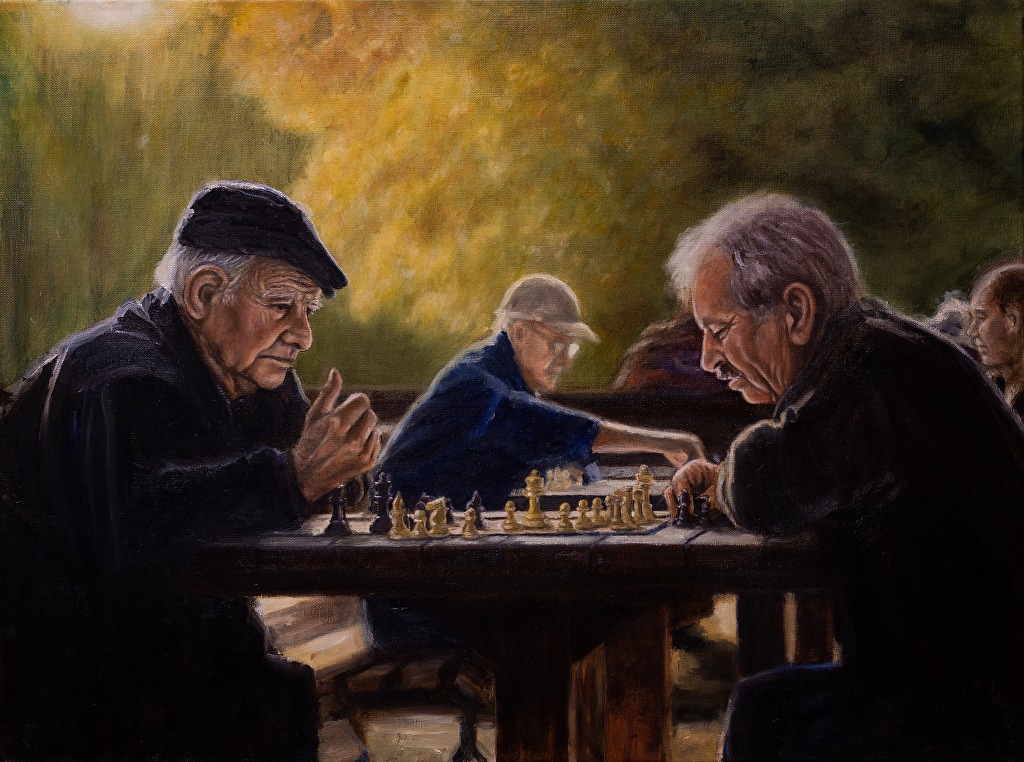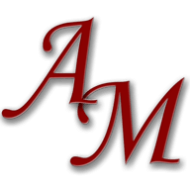“I have often said that images are the universal language, they transcend our differences. From this viewpoint, art binds us”.
Kevin Richard is a traditional and at the same time innovative artist, his pieces have found a way to maintain the traditional essence and bring it to digital art.
Like most artists, since he was a child he had a great certainty, he needed to express his deepest feelings through painting and drawing, and in that way try to capture the feelings of others.
As he describes himself he is an old soul, who is constantly looking to transcend his own limitations, creating images that can form a deep connection with the viewer.

In this Q&A Kevind Richard shares with Posespace what are his goals and aspirations as an artist, how he got into digital art, what life experiences influenced his work, and more.
Can you tell us about your background as an artist?
Like most artists, my creative journey began in childhood. My earliest memories involve drawing pictures, (even on the walls of my home which did not go so well with my parents.) I am not sure if art taught me to observe the world in a different way or if there was an innate perspective that led me to art. Regardless of how this can be answered, creating images was not so much a choice, but rather a calling. In my college years I was drawn to the world of depth psychology, but I always managed to take as many art classes as possible. It was during these years that I discovered painting. I began to look at everything in relation to form, value and hues. Having the psychology background added an extra layer of finding emotion through artistic expression. I did not realize it at the time, but the integration of the human narrative and art would be a defining feature in all of my work. I worked professionally in the psychology field, but always maintained artistic endeavors. I am a perpetual student of art, I don’t believe we can ever truly stop learning. I took some figurative workshops through the Rhode Island School of Design (RISD), joined art groups for peer critiques, exhibited, and in recent years, the traditional methods of layers and construction are an endless source of exploration.

What are your goals or aspirations as an artist?
I have been very fortunate to have a steady stream of commissions, but often the subject is directed through the vision of the collector. I want to move into an area of more self directed art. One of the greatest gifts and challenges possessed by the artist is to create something authentic to both our inner and outer worlds. Even when I have created for my own enjoyment, I have sometimes become too dependent on copying what I see or I simply produce a prescribed form. In my current work, I am still trying to depict the subject in a natural way, but at the same time seeing if I can draw out more emotional value by pushing the image and medium. Another evolution has been to co-create. Working with figure models as opposed to standard reference images has been transformative. The models are part of the creative process, in this light my work is becoming more collaborative. So much of our work is about relationships and dialogue, but it is often in isolation between the artist and the image being created. Working with models broadens the dialogue, there is a much deeper need for attunement on many levels. I have been moving to construct more narrative images with figures, much in the spirit of the Old Masters.

How has your style changed over the years?
My work has always remained fairly representational regardless of the medium. In my earliest years, I worked in acrylics and loaded the canvas with color. I was enamored with the Impressionist. At some point, I became frustrated with the limitation of acrylic and I could not escape the fact that most of the work I admired by the greats were done in oil. I also moved away from impressionistic methods and found myself in awe of traditional applications through indirect painting. The love I once had for bold color moved into the most subtle expressions of a glaze and scumbling. The oldest methods resonated more with my soul. Seeing that I am searching for the many layers of the human psyche in my work, the traditional methods of underpainting and layering seems like a natural fit. In the last year, I found myself working in an area that I would never have predicted, digital art, which seems in direct contrast in some ways. Although traditional mediums are always my first choice and something I cannot see abandoning, digital art allows me to create when I am not in my studio. It has allowed me to be more prolific; experiment without concern; and share work between commissions. I also use digital formats to work out artistic problems while making traditional art. I have found it to be a very useful tool as well as a legitimate medium to make art. Much to my own surprise, I have now branded myself as both a traditional and digital artist.
What life experiences have influenced your work?
As mentioned, most of my formal academic and professional life has been in the field of psychology. I have worked with people and individuals who are often underserved or have experienced some form of trauma. In order to do this work, you often need to hold the weight of the emotions of others. I think in many ways, this emotion comes through my work. I do not explicitly depict images of specific stories, but rather universal expressions of deep inner emotion. Although we can never fully understand the experiences of others in their unique journey, we do share a common bond through our collective emotions and inner worlds. I have often said that images are the universal language, they transcend our differences. From this viewpoint, art binds us.

What do you think is your value proposition as an artist?
Value proposition is a difficult question for me. On the one hand I have been so appreciative of the positive feedback when people view my work. I am humbled when people say the work is beautiful. Although the models and rendering of form is designed around beauty, the emotional overtones can be contemplative and at times ‘heavy’. I believe the value of the work is that it aims to strike a tension of opposites. The outer surface beauty juxtaposed with inner dynamic emotion. I think from the years of working with people, the affect comes through the drawings and paintings. We live in a world where images are viewed quickly, but if something I created causes pause, intrigue or reflection, then the work has accomplished it’s goal. In regard to the public view, my work has been juried in exhibitions and has been commissioned for public settings. It is such an honor to have work in the community with its authentic scale and texture. The conversation with the art is always more personal.

What is your main source of inspiration when painting or drawing?
As I look through my body of work, there seems to be a common attribute. The figures and faces have little outward emotional expression, but project strong feelings. I am always inspired by models or images that can project their inner world without exaggeration within the face or body. I have been fortunate lately to work with people that are both models and actors. In essence, I am inspired by inner dialogue. First between what lies inside of me and the image I would like to create; then with a model or reference that can accurately reflect the vision; then the dialogue becomes communal between the artist, model, and image being produced….all working towards expression; finally the work is shared. It is at this level, if done well, the artwork is inherently charged with energy. The dialogue then continues through the viewer and image, in this light, energy is both transferred and transformative. This process is my true source of inspiration.

What do you think of PoseSpace? Do you have a favorite model?
PoseSpace was a recent discovery for me and I quickly became a consumer. First the images and poses project high quality and artistic value. I absolutely love the fact that the pose can be viewed by multiple angles. It mimics the artists ability to walk around the studio in order to find the desired perspective and lighting. The figure models have an innate sense that they are part of the process. Despite being still images, there is always a great depiction of movement, volume and form. This platform has helped break some of my previous dependence on generic references. PoseSpace invites the artist to create freely, interpret, and experiment. Human anatomy is historically difficult to master, it is vital to have access to an array of figure models. PoseSpace also allows the artist to practice, work on gesture, forms or values….the possibilities seem endless. I can’t say enough about the models. What they offer artists is invaluable. I only hope my work honors their craft and how they wish to be seen. My favorite model(s) so far have been Leo and Adhira. The interwoven simplicity and complexity of form; the emotional overtones; the narrative…..well it leaves me in awe.

Website: www.oldsoulart.com
Instagram: @oldsoulart

